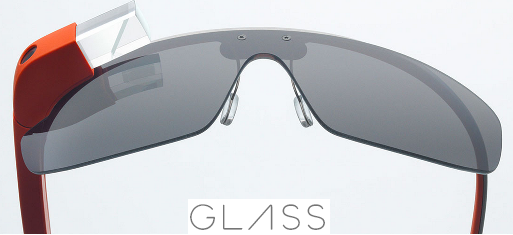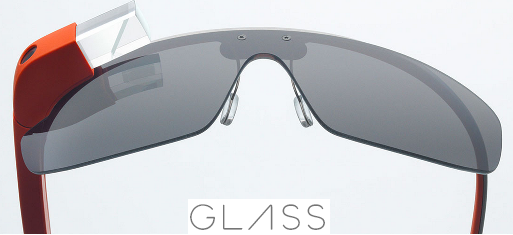Practicing Simplicity in Analysis
Have you ever realized that innovations aim for one or more of these – Faster, Better, Cheaper, Sleeker – all these and more, while trying to keep things SIMPLE.
Only a few years ago, if someone told us that huge market existed for tablets it would have sounded presumptuous if not impractical. Tablets have actually replaced desktops and laptops across the world – from Sales representatives to home makers, the user base for tablets is diverse. This is a phenomenon that is worthy of a research to understand how human beings “adapt” and “absorb” simpler designs all the time! Don’t we always wish everything is simple and easy to do? – paying bills, buying groceries, watching a movie, reaching out to a loved one across the world at the touch of a button etc.
Analysts work with business problems and are expected to SIMPLIFY the problem to define a practical solution! After all, why would business folks need “analysts” if the job defining solution is “that” simple? Being one myself, I began on a quest to understand what ‘Simplicity’ actually means (and feels like) when consciously understood and applied to our day to day work. I did research great deal of books & articles that detail the importance of and offered tips to “keep things simple”. “Laws of Simplicity” (by John Maeda) stood out for two reasons: 1) Categorization of different principles in to 10 laws (embodiment of a law itself!); 2) Clear and practical uses of each of these laws.
Here I present my views of some of these “Simplicity Laws” that I found highly beneficial in the process of “Analysis”. I hope the same is true for you as well!
Reduce
Analyzing a business problem requires a thorough research about existing process & practices, emerging trends, competition and current capabilities. This could well lead us into a minefield of information. If not carefully managed, we would be trapped in this minefield and eventually lose out by delivering incorrect or inefficient solution.
Thoughtful reduction of what I call “3D” would help in differentiating the “noise from the sound” and leave us with clear, relevant information
- Data which is irrelevant
- Discussions (with stakeholders) that are futile
- Documentation of every little fact that comes our way
Organize
As we work to identify different solutions for a business problem, variety of information shall be at our disposal. Applying the first law of “Reduce” in the hope to overcome the problem of “Disconnected Data” may not work most of the time, because it only eliminates what we do not need. This is when we must activate our brains to look for patterns in information and assimilate information. This creates a systematic approach to “clear the clutter” and also help us find information when we need it and as we need it! As the book “The Art of Organizing Anything” (by Rosalie Maggio) captures, it is possible to organize anything. Why not organize what we analyze? And organizing information as soon as we find it definitely helps in the long sprint!
Learn
Have you ever been in a meeting in which you did not get what is discussed? I know exactly how it feels – puzzling. Such puzzling could trigger thoughts that range from irritation, helplessness to fear of the unknown! You probably guessed it – domain knowledge is necessary to be a successful analyst but is not the only one. With the barrage of technological innovations happening around us, which I think is great, we must strive to learn “new stuff” all the time. Competition is the other factor that “forces” us to learn something, but that does not cause as much excitement as our proactive ability!
Trust
Ofcourse! If we cannot rely upon our co-workers, nothing would ever get accomplished at the workplace. So the obvious is beside the point. As analyst, we must identify trust-worthy “source of information”. Don’t we use Google to search for most of the information? Do we trust all the 38,10,00,000 results that Google throws up for the word “analysis”? As we gather information, note down the source of that information. Revisit the source (probably while Organizing) to check the allied information, acceptance and authenticity.
If interested, I welcome you to explore the other laws of simplicity and share your valuable thoughts on how the below laws impact analysis OR even do they?!
- Time
- Differences
- Emotions
- Failure
- Context
- The One – that combines three keys: Away, Open and Power
Don’t forget to leave your comments below.

